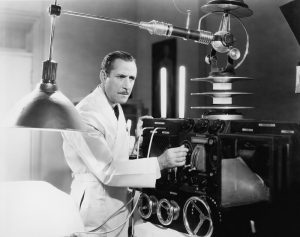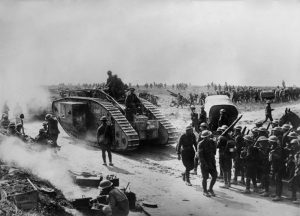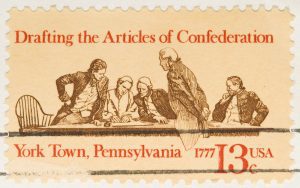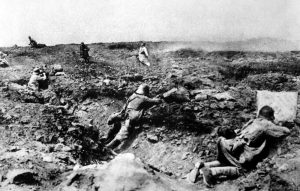During the nineteenth century, the railroad industry in the United States was flourishing. Because of the country’s rapid westward expansion, the frontier was rapidly shrinking.
Following the Civil War and the building of the Transcontinental Railroad, the railroad industry was the main element in the nation’s economic prosperity.
But why did the government try to regulate the railroads?
Prohibiting unfair rate-setting was a goal of legislation passed by Congress to prevent monopolies.
In addition to requiring railways to make yearly reports to the Interstate Commerce Commission (ICC), the legislation also prohibited railroads from setting their special rates.
Table of Contents
Were railroads once privately operated?
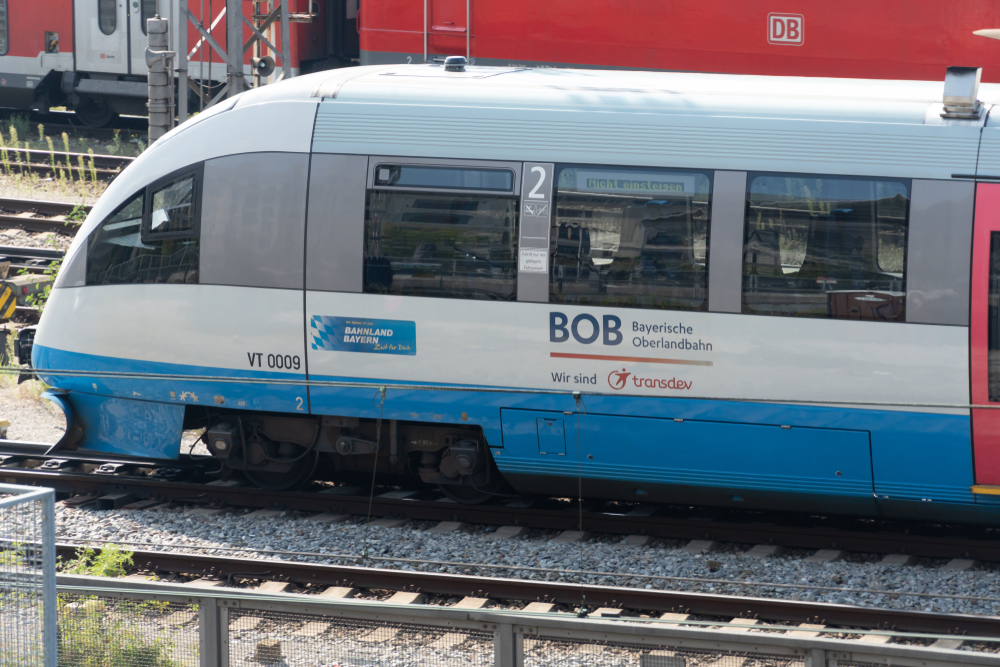
Privately-owned and uncontrolled railroads were common in the post-Civil War era. As long as each corporation served its targets, the railroads enjoyed a de facto monopoly.
However, once they began moving into each other’s markets, the railroads became incredibly competitive.
Many people held them in low regard, accusing them of everything from creating monopolies to exercising unethical political power to manipulating stock prices and enforcing discriminatory interest rates.
No one was exaggerating when they made their claims.
What powers did private railroad operators have?
Because railroads were privately owned as well as uncontrolled, they had complete control over who and what could be transported and when.
When it came to shipping, they controlled every aspect of it.
Regional railroad corporations dominated commerce because of their monopoly right to impose prices, eliminate competitors, and manipulate the market across multiple regions.
Passenger and cargo shipping price discrimination were widely reported in the mid-1880s.
These monopolistic actions had the greatest impact on the American farmer.
When did the government first attempt to regulate the railroads?
It was at the state level, in 1871, that the first attempt was made to control railroad business operations.

Following Illinois’s lead, others in the Midwest and South rapidly adopted similar measures.
Because of the passage of the Interstate Commerce Act in 1887, the railroad business became the first to be regulated by the federal government.
Lawmakers drafted the legislation that created its Interstate Commerce Commission, a five-member regulatory panel, due to widespread pressure for railroads to behave more responsibly.
Why were the states powerless in enforcing the railroad laws?
Interstate commerce could not be controlled by governments, and as a result, the railways were able to expand their activities beyond state lines at an alarming rate.
This dilemma was addressed by the Interstate Commerce Act, which established rules for how railways could perform business.
Establishing concrete measures, on the other hand, was difficult due to the lack of focus among regulators.
It was hard to determine which rates were discriminatory, and the law wasn’t very successful in practice.
How did the Mann-Elkins and Hepburn Acts help with regulating railroad operations?
The Hepburn and Mann-Elkins Acts, which were enacted in 1906 and 1907 respectively, strengthened the Interstate Commerce Commission.
There was a greater emphasis on the government’s jurisdiction over railroad rules.

With the Hepburn Act, the ICC had the authority to adjust a railroad tariff to one that is deemed “fair and reasonable” following a thorough investigation of a complaint.
It was for the first time that railways would have to explicitly prove that a rate was appropriate under the Mann-Elkins Act.
With these additional powers, the ICC obtained nearly total control of rail pricing and hence reduced much of the rivalry.
How was the government able to strip railroad companies of their power?
The government maintained control of the railways for the next several years. The 1916 Adamson Act, for example, mandated an eight-hour workday for railroad employees.
Wilson’s seizure of American railroads marked the culmination of government control; the once-private business became a governmental tool in the war effort.
After a peace deal was completed, Wilson pledged to hand back control of the railways to private investors.
How did the railroads return to private hands after the government took charge?
The 1920 Esch-Cummins Transportation Act proposed a radical reversal of previous practices when it returned railroads to private ownership.
Mergers are now favored by the federal government, as long as they combine strong lines with lesser ones.

The ICC, in reality, mandated the merger arrangements. Esch-Cummins also gave the ICC the authority to set minimum rates and to order rate increases and route modifications.
Unprofitable routes that the railroad industry had long tried to remove were suddenly a burden.
What were some of the issues faced by railroad operators?
There was a larger threat to rail transportation than even the new legislation – the growing number of trucks, buses, and cars on the nation’s ever-expanding road network.
People were preferring to commute by automobile or bus, while freight shippers were progressively using trucks for short as well as long-distance operations.
Unlike trains, which have fixed routes, commercial vehicles such as trucks, buses, and automobiles are free to choose their itineraries.
For how long were the railroads in decline?
The railroads’ predicament deteriorated over two decades. However, even though they were operating at a loss to other kinds of transit, they were still regarded as a threat.
Although the Interstate Commerce Act was expanded by the 1940 Transportation Act to include other sectors, private automobiles, trucks, and 90 percent of inland water transporters remained excluded from government oversight, while railways were not.
When did the government relax its railroad regulations?
Only in 1958 did the government change its mind. It was concluded that the railroads no longer constituted a monopoly threat, and rules could be lifted.

Many high-value freight shipments were being replaced by trucks, and long-haul passenger service was being replaced by airplanes, which also held a favorable deal to transport mail.
From the 70s to the early 80s, railways enjoyed a degree of flexibility that they had not had in decades, and companies had a difficult time keeping up.
Amtrak, a federally supported business, was established in 1971 to provide intercity passenger train transportation.
The Staggers Act of 1980 bolstered railroad liberalization. However, many railways were running under much-reduced conditions at that time, if they were even operating at all under those conditions.
Why were the railroad regulations ineffective?
The language of the statute was frequently ambiguous. The competition was intended to be stimulated by some provisions, while it was penalized by others.
In reality, the law had little impact. By requiring annual reports from train companies and prohibiting inter-rail special tariffs, this bill was particularly well-received.
But it was difficult to determine which rates were discriminatory, both in terms of the science and the politics involved.
Later regulatory initiatives were inspired by the ICC. For the first time in American history, the seven Interstate Commerce Commissioners as well as their personnel were independent, full-time regulators who were prohibited from having any financial ties to the sectors they governed.
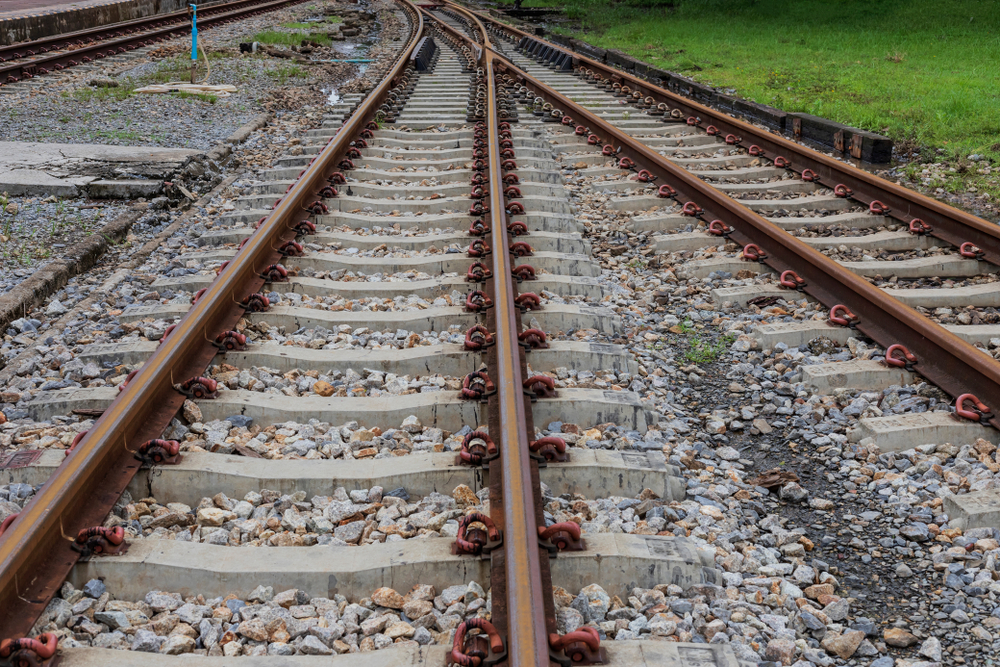
Several state and federal entities have used this organizational structure since 1887. Also similar in structure to the ICC, succeeding organizations were typically multi-headed autonomous commissions with phased tenure for the members.
The National Labor Relations Board, the Federal Communications Commission, and the Federal Trade Commission are just a few of the federal agencies that took their cues from the ICC.
When did the ICC stop setting railroad rates?
By 1995, the Interstate Commerce Commission had forfeited much of its authority. Affected by deregulation, the ICC was abolished within the ICC Sunset Act since it wasn’t able to determine rates.
The U.S. Department of Transportation’s Surface Transportation Board the ICC’s remaining regulatory duties were transferred to the Department of Transportation.
How did private railroad operations affect farmers?
It only took three short years for the National Grange to grow to include 800 thousand farmers after it was created by the Order of Patrons of Husbandry.
Agricultural production was more standardized and organized.
Farmers relied on the railways as well as grain elevators to move their crops because of their dependency on outside markets.
Farmers experienced price gouging since many grain elevators were owned by the railroads.
Without oversight, grain was weighed and assessed. There would be no train car available for the farmer who opted out of elevator service, thus they would be left holding the bag.
Why did farmers begin lobbying the government for railroad changes?
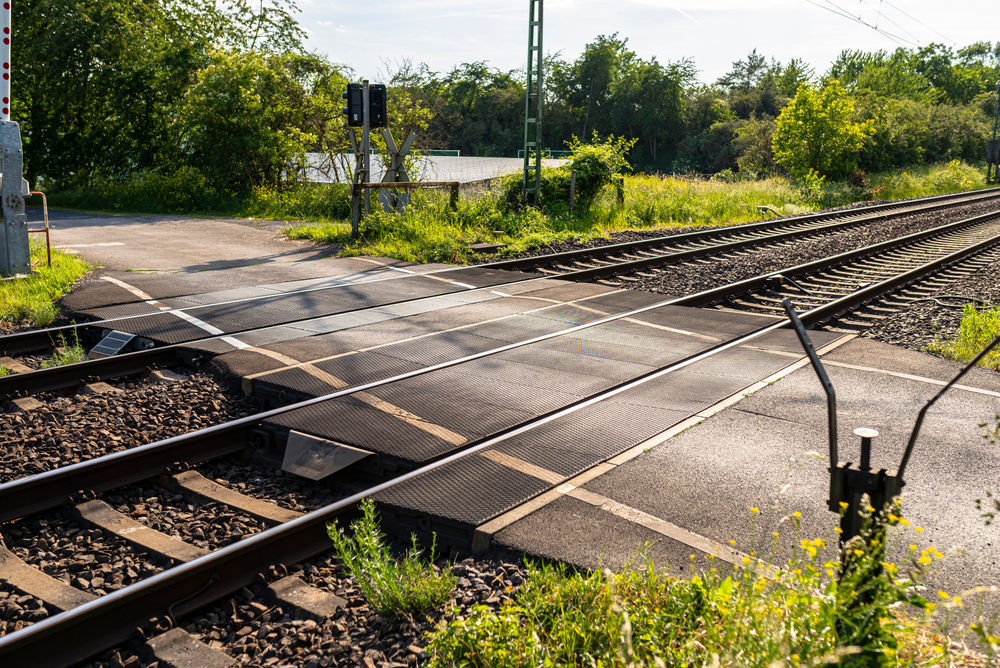
The Granger organization, perceiving that the railroads were misusing their economic dominance, started advocating for railroad regulation, with the strongest support coming from Minnesota, Iowa, Wisconsin, and Illinois.
Illinois became the initial state to approve a bill regulating railways and grain storage corporations after a lot of lobbying and pressure from state governments.
Farmers could not be charged more than a certain maximum rate under the Granger laws, a piece of legislation.
Iowa, Minnesota, and Wisconsin didn’t take long to follow suit and enact similar measures.
Which state became the first to establish railroad regulations?
The railways and grain storage industries, in reaction to the Granger regulations, largely overlooked the regulations and turned to the courts, claiming that the rules resulted in losses of profit and authority.
Following their conviction in Illinois of breaking the Granger laws in 1877, Munn and Scott, a Chicago-based grain storage corporation, said that the Granger legislation violated the 14th Amendment in its appeal to the Supreme Court.
With a 7-2 decision in Illinois’ favor, the Granger law has been sustained by the courts. Businesses that serve the public interest can be regulated by the government, according to a decision by the Supreme Court.
Following the Munn vs. Illinois decision, future regulatory processes followed suit.

What is the current usage of passenger rail in the United States?
Express passenger trains operating between major cities are known as intercity rail services, and they often traverse much greater distances than commuter as well as regional trains.
More than 25 billion passenger-kilometers are logged annually by passengers on passenger rail services in the United States.
The number of rail passengers in the United States has decreased dramatically since early 2020 due to the worldwide pandemic.
Amtrak, the National Railroad Passenger Corporation, raked in over 2.4 billion dollars in revenue from 16.8 million passengers in the 2020 financial year.
Penn Station in New York City is Amtrak’s highest traffic terminal. Amtrak now has 20 Acela trains in its fleet.
How does the United States Compare to other countries’ use of railroads?
Approximately 26.85 billion km (passenger kilometers) were traveled on North and South American railways in 2019.
Less than one percent of all train passenger kilometers traveled worldwide that year were covered by this.
Unwillingness to travel by rail in the United States
Despite having a 300 million population and a well-deserved reputation as the world’s top economy, the United States continues to lag behind many other regions in terms of passenger train traffic.

Owing to circumstances like inclination for road and air commuting as well as a generalized unwillingness to cut carbon emissions footprint, passenger rail traffic has decreased significantly over the past few years.
It’s also worth noting that freight rail dominates passenger rail in North America, with a 14-to-1 advantage.







